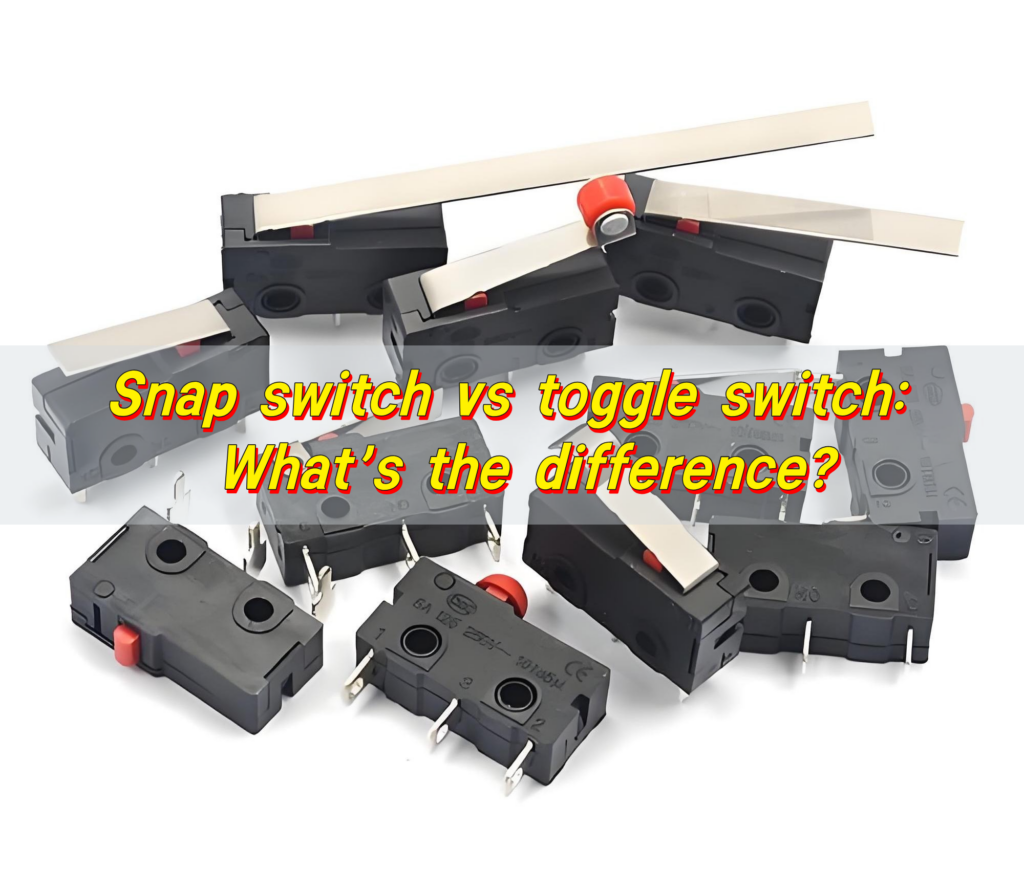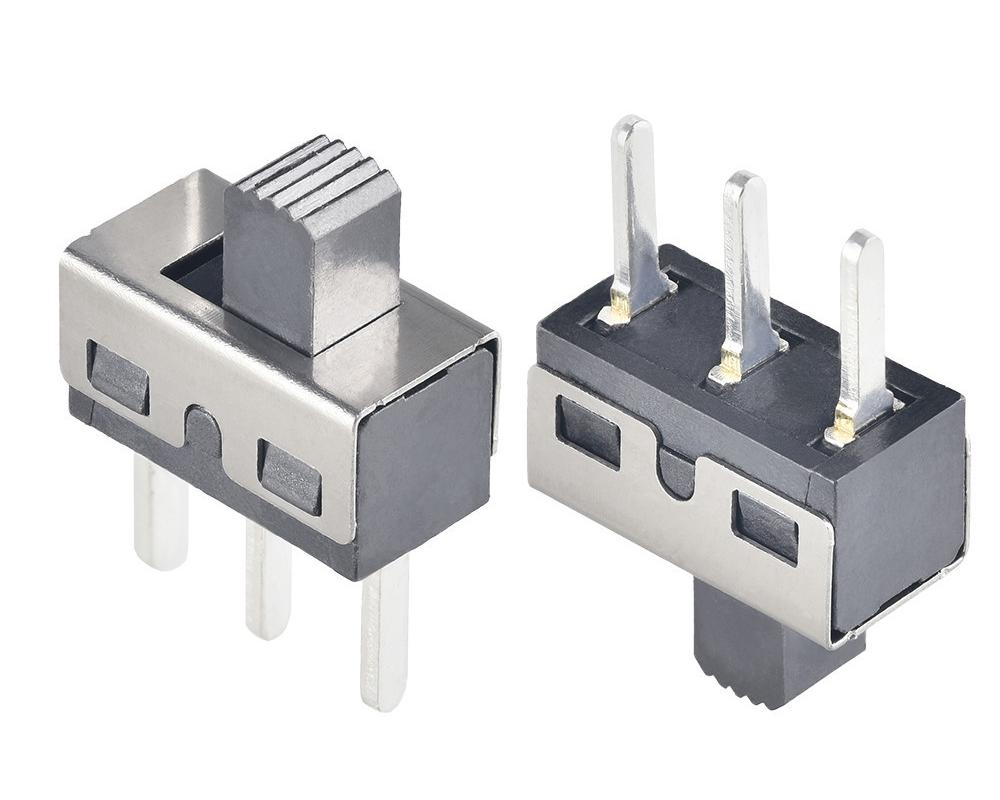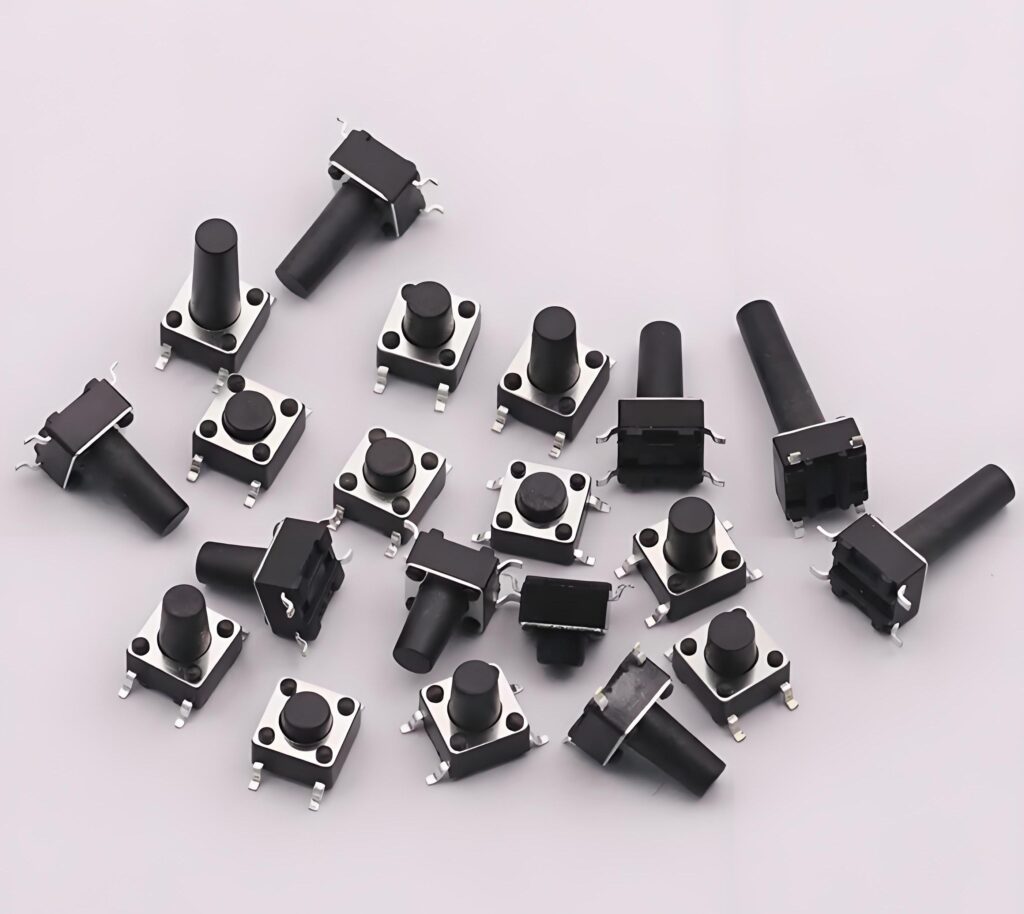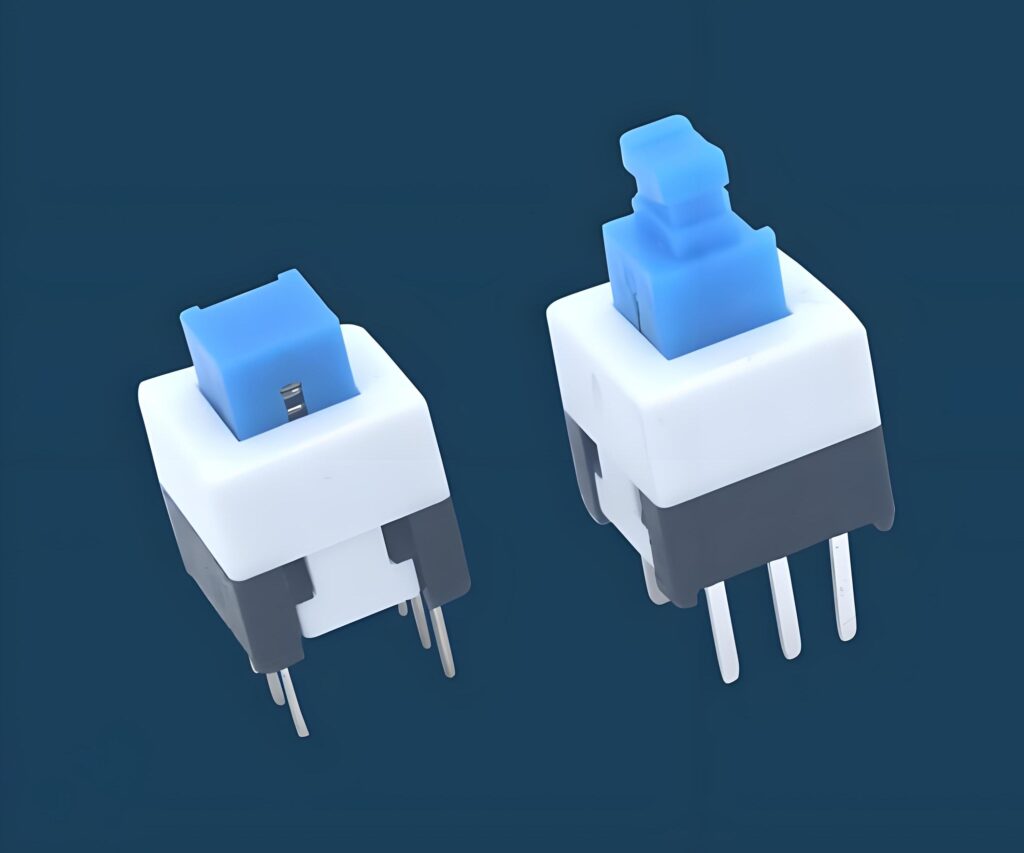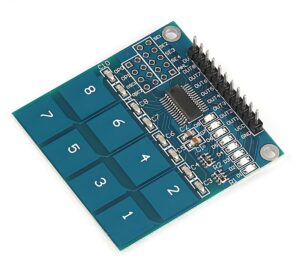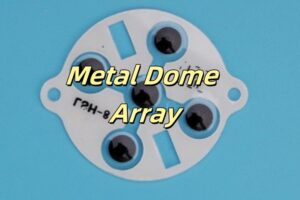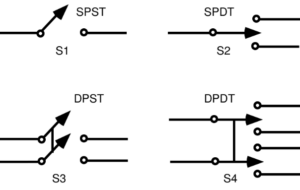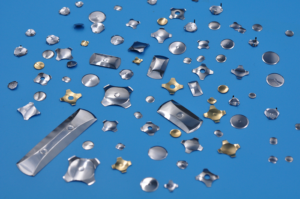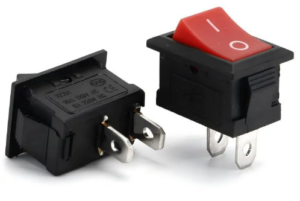The main difference between snap switch and toggle switch lies in the operation method and application scenario. Snap switch switches the circuit instantly by pressing, providing crisp tactile feedback, and is suitable for scenes that require quick response, such as keyboard keys and mouse buttons. Toggle switch switches the circuit state by toggling operation, and can maintain the set state. It is often used in occasions that require continuous action, such as volume adjustment and power switch.
Is a toggle switch a snap switch?
Toggle switches and snap switches can look similar. Both are used to open or close electrical circuits. Both can come in compact forms. But here’s the deal—they work differently.
Toggle switch moves manually back and forth to change its state. It stays in the position where you leave it. Think of a light switch in your home. You flip it up, the lights come on. Flip it down, and the lights go off. Simple.
Snap switch, also called a snap-action switch, is more precise. It doesn’t just gradually move into position. Instead, it “snaps” from one state to another with a crisp, fast motion. It either clicks on or off. This snap action makes it more reliable in applications where accuracy and speed matter.
So no—a toggle switch is not a snap switch. They serve different purposes and operate in unique ways.
What is the advantage of a snap action switch?
Snap switches bring a lot to the table. Their internal mechanism is designed for speed and precision. When triggered, the contacts move from one position to another almost instantly. This reduces electrical arcing and extends the life of the switch.
Here’s why that matters:
- Longer Lifespan: The fast snap action causes less wear.
- Higher Reliability: Precise actuation means fewer failures.
This is why general use snap switches are popular in environments that demand fast response. Medical devices, elevators, control panels—all benefit from the accuracy and durability of snap switches.
What are the benefits of a toggle switch?
Toggle switches also have their sweet spot. Their design is simple and intuitive. Flip it, and something turns on. Flip it back, and it turns off. Here’s what makes toggle switches great:
- User-Friendly: The interface is familiar and easy.
- Sturdy Build: Many are built to last, even in harsh environments.
- Multiple Configurations: SPST, SPDT, DPDT—toggle switches come in many varieties to suit different circuits.
You’ll find toggle switches in cars, boats, household appliances, and industrial machines. They’re rugged and dependable, especially when visual control matters.
How does snap switch work?
Inside a snap switch, you’ll find a small but powerful mechanism. When force is applied to the actuator, it doesn’t gradually shift. Instead, it builds tension in a spring or metal dome. When enough force is reached, the mechanism “snaps” over to the other side.
In most cases, the snap is made using a metal dome that flexes and clicks into place. This provides a tactile response—you feel the click, and the circuit instantly changes state.
Because of this action, snap switches are often preferred in precision electronics, medical tools, and even aerospace systems.
What is the function of snap switch?
Snap switch’s function is simple on the surface—it turns a circuit on or off. Snap switches are designed to:
- React Quickly to a small amount of pressure.
- Change State Fast, with minimal contact bounce.
- Maintain Contact Stability, ensuring current flows reliably.
They are often used where small actuating movements must trigger large responses. Think emergency stop systems, automatic door sensors, or even coffee machines.
One quick press, and the system responds with confidence. That fast, mechanical reaction creates not just performance but also safety and dependability.
What is the snap switch NEC meaning?
According to the NEC (National Electrical Code), a snap switch is defined as “a form of switch that is actuated with a quick make-and-break action.” The NEC considers them reliable for use in electrical systems under specific ratings and conditions.
It means that snap switches meet stringent safety, durability, and performance standards. They’re recognized as stable devices in residential, commercial, and industrial wiring systems. In short, they’re not just useful—they’re code-compliant and trusted.
What is the difference between a toggle switch and a normal switch?
Normal switch can be a broad category. It includes rocker switches, push buttons, and even soft-touch capacitive switches. A toggle switch is a specific type of mechanical switch.
Here’s the difference:
- Normal Switch: Can be push, rock, slide, or toggle.
- Toggle Switch: Always features a lever that flips back and forth.
So, toggle switches fall under the umbrella of normal switches, but not all normal switches are toggle switches.
What is the difference between toggle switch and toggle button?
Toggle switch is a mechanical device. It physically moves to switch between states. Once moved, it stays in that position until changed again.
Toggle button, especially in digital systems, might look like a real switch—but it’s not mechanical. It simulates a toggle action in software or on a touchscreen. You touch it, and it flips states. But there’s no physical movement. It’s just a visual indicator.
So while both toggle switch and toggle button serve the same purpose—turning something on or off.
Conclusion:
Snap switch delivers fast, accurate action with tactile feedback and a long lifespan. It’s a go-to for electronics and precise control systems.
Toggle switch offers a simple, intuitive interface that gives users control and confidence. It’s perfect for industrial, home, and automotive applications.
If you’re looking to incorporate high-quality snap switches or explore custom snap dome arrays, our team is here to help. Contact us at sales@metal-domes.com


